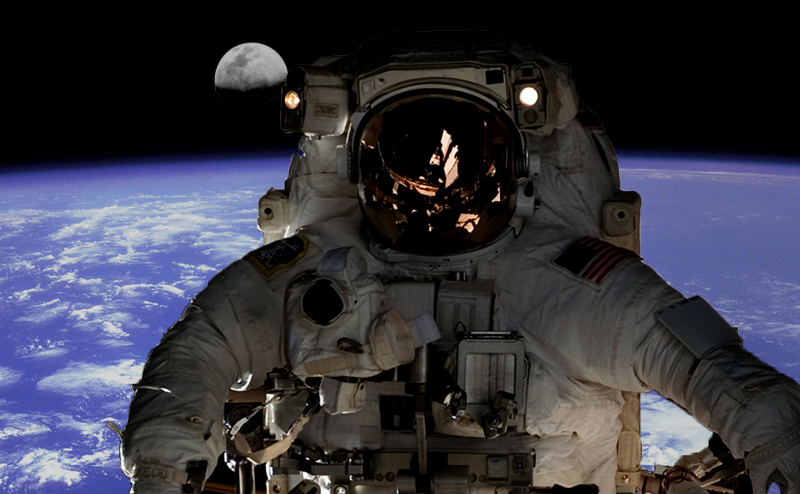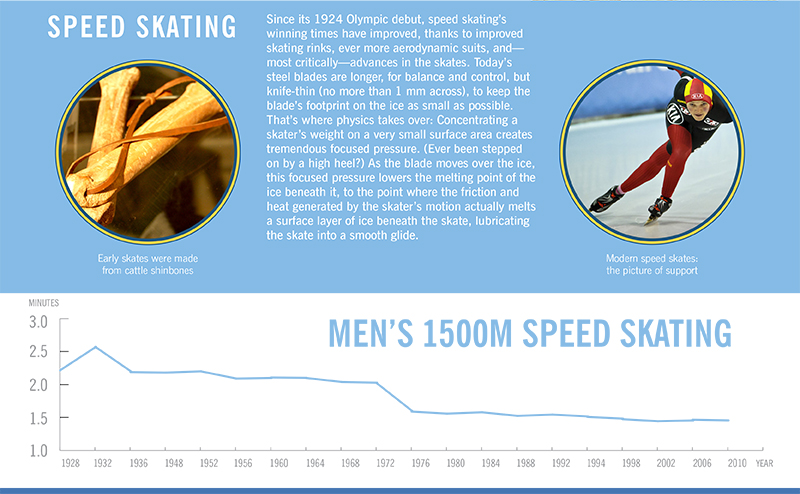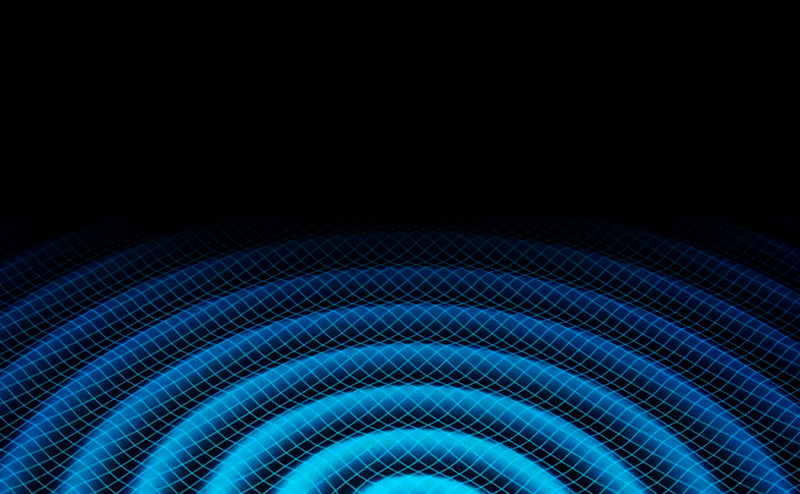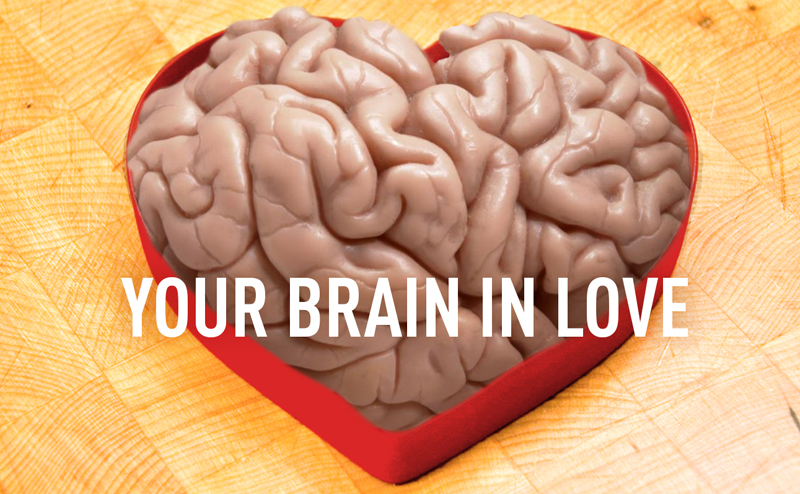Articles

March 18 marks the 49th anniversary of the first extravehicular activity (EVA), or spacewalk. When Russian cosmonaut Alexei Leonov left his capsule during 1965’s Voskhod 2 mission, he became the first of 205 people who have donned a spacesuit and ventured outside the hatch. Here’s everything you need to know.
Read MoreToday’s announcement from the Harvard-Smithsonian Center for Astrophysics, about the detection of “gravitational waves” emanating from the universe’s first moments, is tremendously exciting, but a little tough for the layman to grasp. We caught up with Brian Greene, in Vancouver to give a TED talk on 3/18, and asked him to break it down for us. “The dominant scientific approach to cosmology, called the ‘inflationary theory,’ predicts that that just after the birth of the universe, space experienced a tremendous burst of expansion, causing it to swell from far smaller than the size of an atom to perhaps even farther than we can now see with our most powerful telescopes, all within a minuscule fraction of a second. Tiny variations in the original space would have been stretched out in the expansion—and much as a pulled piece of spandex reveals the pattern of its weave, these stretched “quantum jitters” would be imprinted on the residual heat from the universe’s earliest moments and would be detectable as a pattern of subtle temperature variations in the night sky. We’ve been finding and mapping these variations—a specific pattern of hot and cold spots in the cosmic microwave background radiation — with ever-greater precision …
Read MoreBy Julie Rossman and Michael Q. Bullerdick 138 years ago—on March 10, 1876—Alexander Graham Bell spoke the first words into a “tele-phone,” as it was called, to his assistant Thomas Watson, positioned at a receiver in another room. “Mr. Watson!” Bell exclaimed in staccato bursts. “Come here! I want to see you!” And for decades, telephones looked like elaborate pieces of furniture, affixed to walls and hard-wired out to the street, and up and down the blocks to local-area switchboards. If you wanted to talk on the phone, you had to go stand next to a wall. What a difference just over a century makes! Modern smartphones still require electric power to operate, a microphone and speaker to translate voices into signals, and a ringer of some type to make your party aware you’re calling. But beyond that, virtually everything has changed. Check out this infographic showing, from a scientific and technical perspective, what happened then and what happens now, every time you make a call.
Read MoreWeather forecasting is the classic inexact science, relying on the complex mutual interactions of wind, currents, precipitation, tides, humidity and temperature variations, and a million other variables across a planet that’s rotating on its axis, revolving around its heat source, and tilted with regard to its plane of revolution. To say forecasting the weather is tricky is putting it mildly indeed.
Read MoreLove is a mystery, love is a battlefield, love stinks, love hurts, love is all you need. To hear our artists go on about it, love is as impenetrable and mystical as it is powerful. But in a digital, big-data, genome-sequenced age, we know a lot more about the “magic” of attraction than ever before. So for this Valentine’s Day, we decided to unromantically break through some of the enigmas and investigate the science behind love. We spoke to experts including Dr. Leslie Vosshall, professor and olfactory scientist at Rockefeller University, and Dr. Helen Fisher, biological anthropologist and chief scientific advisor at Match.com, and asked them to help explain. Is love like a drug? Dr. Helen Fisher and her team have done a number of fMRI studies, scanning the brains of over 100 people who have recently fallen in love, who have recently been dumped, and who have been in love for years. Love, as it turns out, is very much like a drug. When we’re in love, our biological reward system goes bonkers. The VTA, or ventral tegmental area, is activated; this is “the brain system for wanting, for energy, for focus, for motivation, and in this case the …
Read More
We tend to focus more on the athletes in the Winter Olympics than on the gear they use. But understanding the physics underlying each sport has led to major design improvements in the relevant equipment, and it’s had no small part in taking elite athletes all the way to the top. Here are some examples.
Read More













